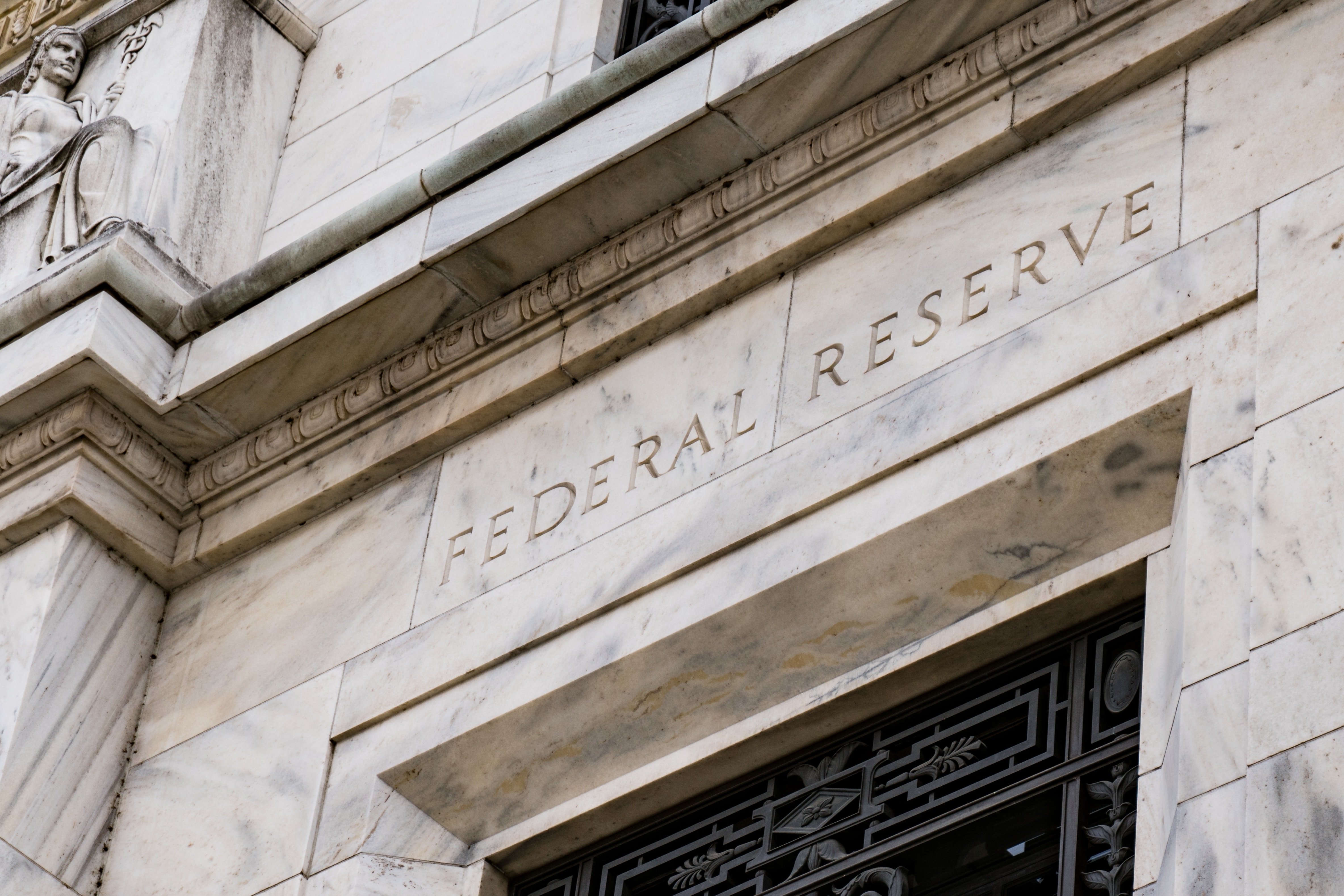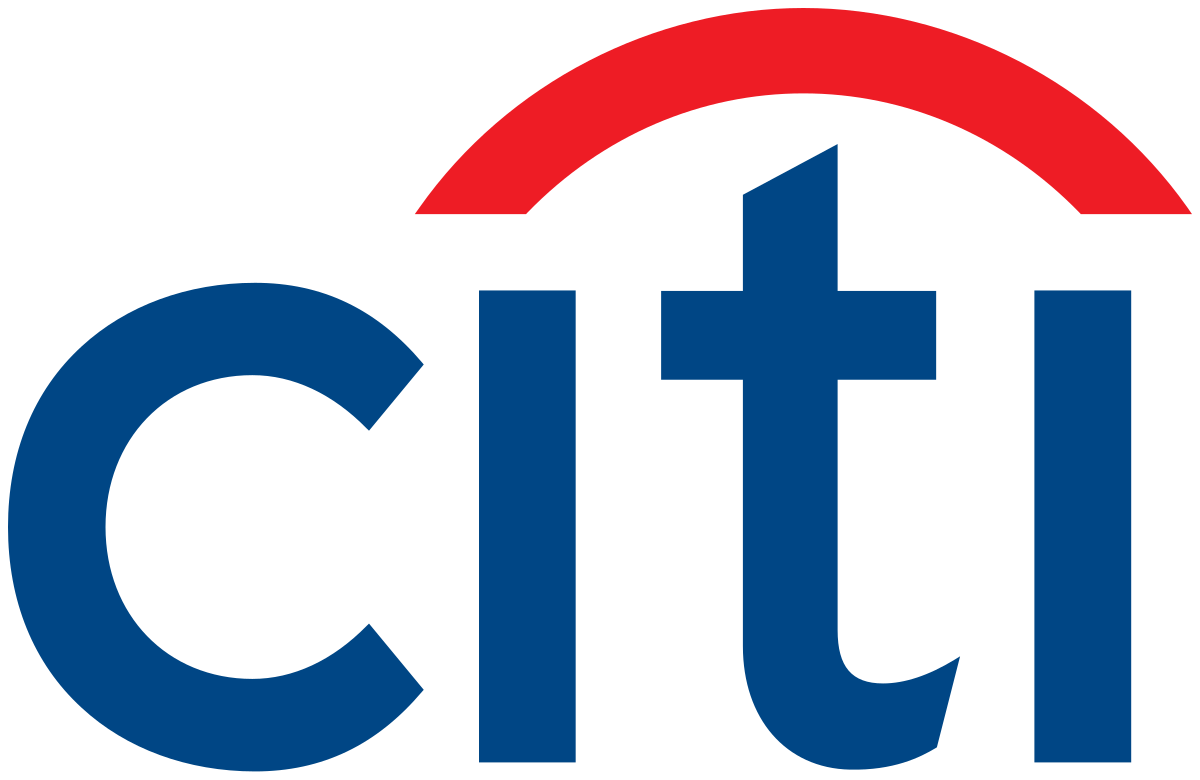The Federal Reserve made a profit from its historic foray into exchange-traded funds (ETFs), however, it is financial markets that have benefitted the most from the central bank’s promise of unlimited quantitative easing measures.
According to research conducted by Citi, the Fed is set to net some $140m profit from the fixed income ETFs it purchased through the Secondary Market Corporate Credit Facility (SMCCF) over the course of last year.
The central bank invested approximately $8.6bn assets across 16 corporate bond ETFs from the start of May as it looked to support flailing markets from the coronavirus turmoil, however, last week announced plans to sell its entire holdings in the SMCCF including ETFs.
It was the US central bank’s high yield ETF purchases that have delivered the tidiest returns with the SPDR Bloomberg Barclays High Yield Bond ETF (JNK) and the iShares iBoxx High Yield Corporate Bond ETF (HYG) generating a combined $65.8m profit following 7.5% returns.
“It is worth noting that the Fed currently has a paper profit on its ETF portfolio,” Citi ETF analysts Drew Pettit and Scott Chronert said.
Even before it started the relief programme in May, the Fed’s announcement on 24 March was enough to cause a stampede into corporate bond ETFs which, in itself, provided the required support to ailing markets.
Highlighting this, the iShares iBoxx $ Investment Grade Corporate Bond ETF (LQD) saw record one-day inflows of $1.5bn on 25 March as traders looked to front-run the Fed’s planned purchases.
‘Do not fight the Fed’: Investors pile into the ETFs primed for central bank purchases
The big question now is what long-term impact will the knowledge the Fed can act as a buyer of last resort have on the mindset of traders across credit markets?
Jordan Sriharan, head of MPS and passive at Canaccord Genuity Wealth Management, said the move into corporate bonds along with its wider QE programme, has encouraged excessive risk-taking.
“This has changed investor risk appetite,” Sriharan stressed. “By bringing stability to markets, the Fed has made the situation inherently unstable. This could lead to issues in the corporate bond market for years to come.”
Overall, the Citi report predicted it would take approximately five years for the Fed to fully unwind its holdings at a pace of $143m a month.
In order to achieve this, the report said it will likely utilise the secondary market and could even wind down positions quicker in certain areas such as high yield “to lock in gains”.
“We believe the Fed will be able to rather easily unwind its $8.6bn ETF portfolio through a combination of secondary market activity for more actively traded funds, and primary market trading for shorter maturity products,” the ETF analysts added.



